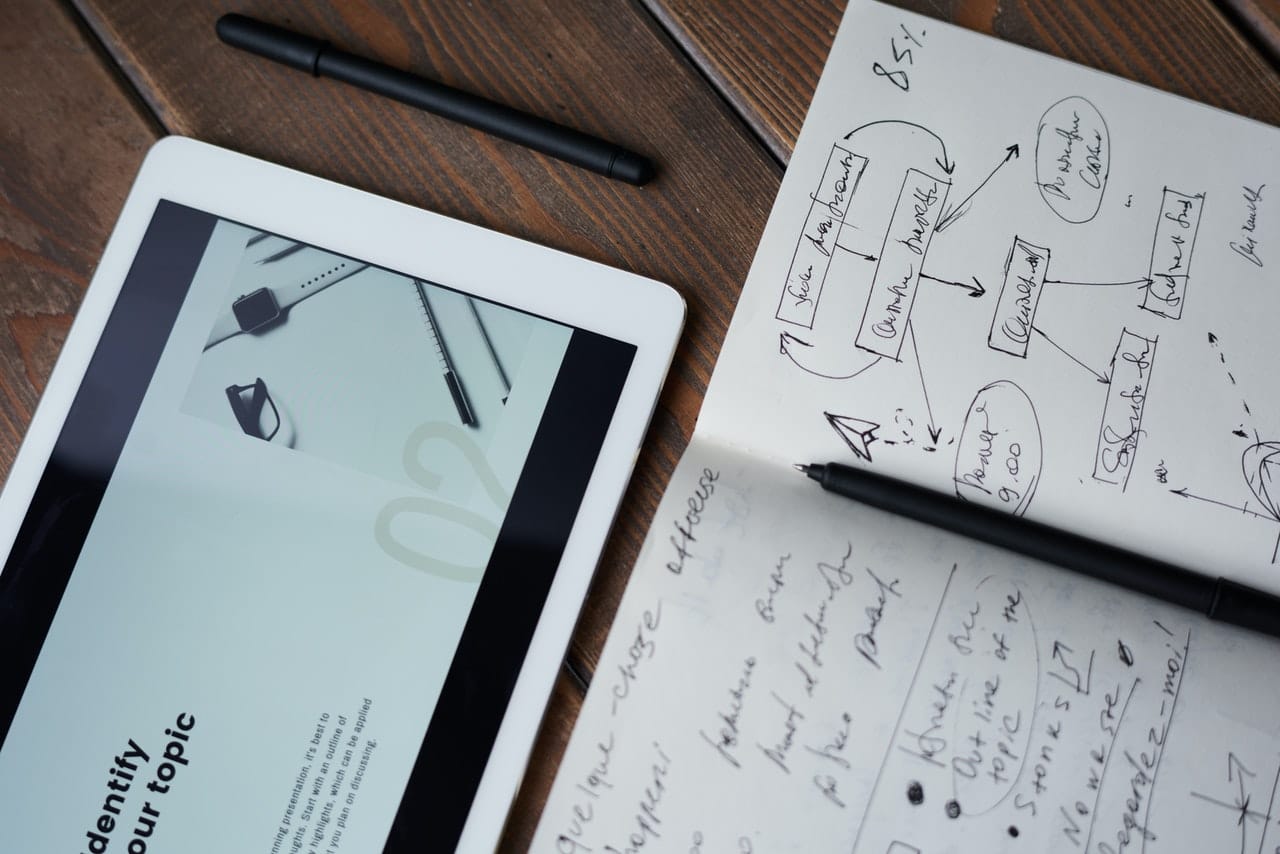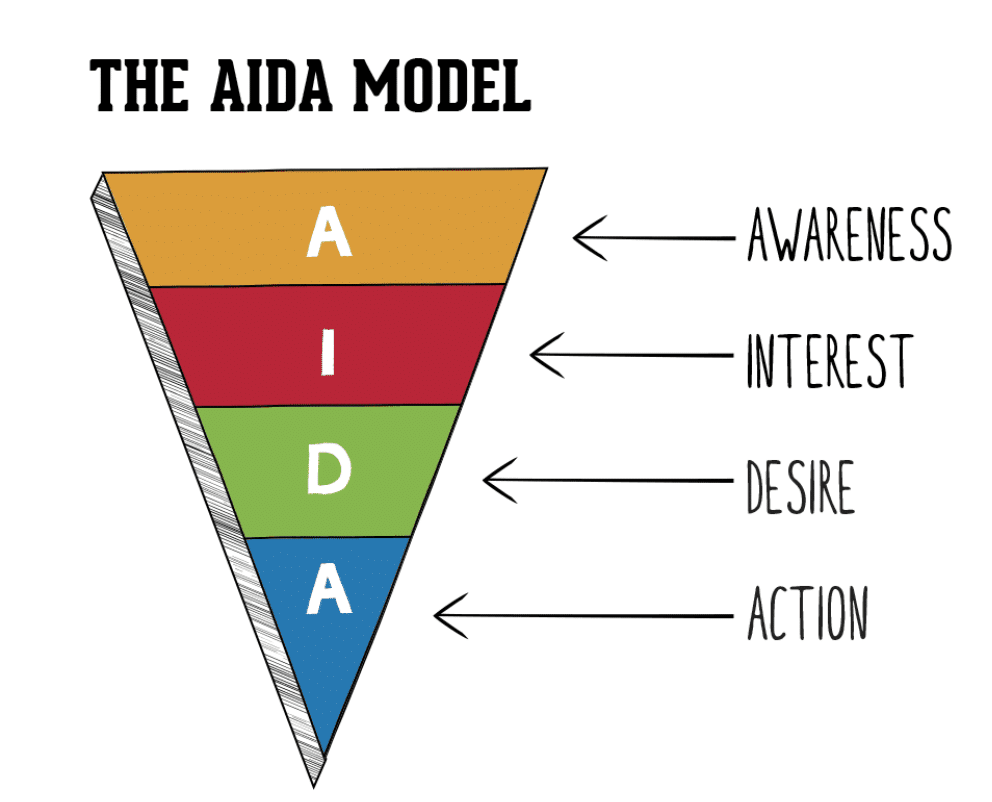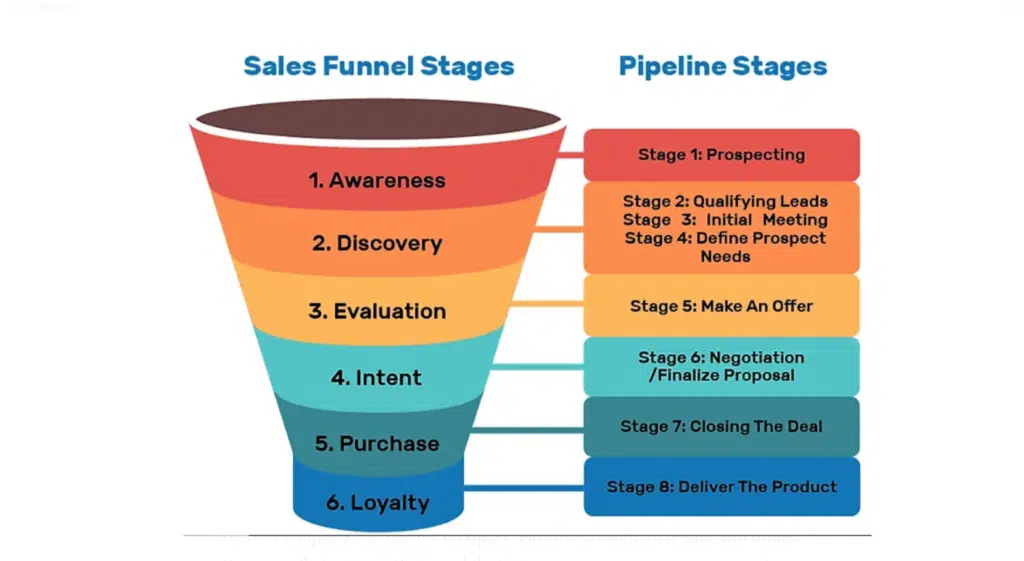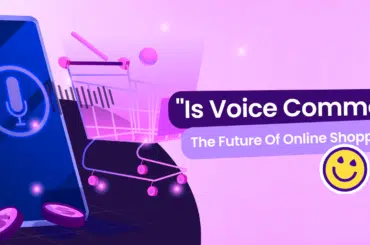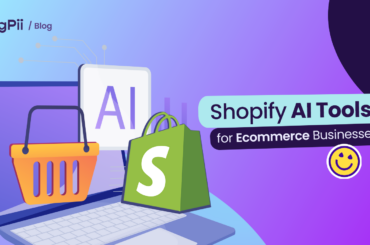What is a Sales Funnel?
A sale funnel is a journey that potential customers take till they convert.
Sales funnels can take many forms and differ from one business to another. Most B2B companies use the “AIDA” funnel – this is a framework that sales use in their day-to-day work to segment prospects.
AIDA is an acronym for Awareness, Interest, Desire, and Action.
As you can see from the above image, the AIDA funnel condenses the customer’s journey into four main stages that you can easily track and analyze.
Now that you know what the AIDA funnel looks like, let’s take a step further and look into how it works, shall we?
Stage 1: Awareness
Your prospects haven’t heard about you at this stage, so this is their first time discovering you and interacting with your brand.
Your customer could’ve heard about you through a live session or webinar or bumped into your YouTube videos.
Customers who are in the awareness phase aren’t ready to convert yet. They are most often surfing the internet when they see your content.
You need to catch their attention to make them hooked, and some brands build their strategy on trends, others on viral stunts, and others build their strategy on content production.
According to this survey, 94% of people who buy something would go with the brand that gave them the most information.
So if this stage, you need to build a robust content marketing strategy that helps your customers build trust in you.
Here are some examples of informational content:
- Blog Posts
- Webinars
- Social media posts
- Videos
- Podcasts
And there are endless content opportunities that you can take advantage of to build up your brand.
For example, iFixit is an ecommerce website that sells repair kits online for people who want to fix their stuff and repair shops.
They’ve built over the year the most extensive repair guide and teardown video library on the internet.
All for free, users can just watch their videos on their site or over on YouTube without paying anything.
This approach has helped build up their brand as one of the most trusted websites for repairing all sorts of gadgets.
Stage 2: Interest
At this stage, your prospects know who you are and realize they have an issue they’re trying to solve.
Savvy marketers know that they must try to build a relationship with prospects at this stage to keep them interested.
Nowadays, many brands use User Generated Content (UGC) to get prospects’ attention and keep them interested.
Growth Mentor, a website for booking training sessions with different mentors, has a User Stories section.
In which they interview people to talk about the results that they were able to achieve with the help of their mentors.
They share it on their social media, which makes you imagine yourself in the mentee’s shoes, imagining your problems solved with an experienced mentor’s help.
Stage 3: Desire
Desire is the 3rd stage in the funnel, and your customer is fully aware of who you are and what you offer, and now they’re researching and shortlisting the available options.
Prospects are ready to buy at this stage, and it’s your job to nudge them closer to buying your product.
Ask yourself these questions to help make buying your product more desirable to your users.
- How can I entice prospects to buy my product?
- What is it that I have, but my competition doesn’t?
- How can I build a relationship with my customers, so they buy?
As you can see here, Calendly is utilizing its user reviews to bring you closer to its product, and it uses social proof to do that without being too pushy.
Stage 4: Action
Everything you have been doing is trying to get the prospect to pull the trigger and purchase the product.
You should transfer that desire you created in the prospect into action.
Make sure that you play your cards right, from the right messaging in the right moment to building a relationship with your audience.
All of this should help you get more conversions out of your funnel, and you’ll always need to optimize your funnel to increase your conversion rates.
Six Steps Funnel
While the six steps funnel goes deeper into the customer journey to segment them further and to have a deeper understanding of their overall journey.
These six stages of the sales funnel are Awareness, Discovery, Evaluation, Intent, Action, and Loyalty.
Step 1: Awareness
The six-step funnel, and AIDA have more than one step in common; they have one-to-one awareness and action because they reflect the same thing.
Customers are becoming aware that your brand exists and that your product or service might interest them.
Step 2: Discovery
Discovery Is where you talk with your leads to figure out what they’re trying to achieve and understand their pain points to see how they help you.
This could be your first meeting with a prospect or the first time they land on your website, for example.
Step 3: Evaluation
Evaluation is when you make an offer for your customer, and your customer thinks about other offers from other companies available to him.
You need to offer your best proposal at this stage to convince your prospect that you’re the right choice for him.
Evaluation could be done through a well-targeted copy on your website, a well-done demo call, or even an ad.
Step 4: Intent
Now your customer has narrowed down the offers or the companies he’s considering to maybe 2-3.
You could always try and convince your customers to buy from you by building a strong presence on social media or having a robust content strategy.
Step 5: Purchase
Now that you’ve successfully turned your prospect into a paying customer and your hard work has paid off
But while an AIDA funnel would’ve stopped here, the six-phase funnel goes for an extra step to ensure your customer’s loyalty in the long run.
Step 6: Loyalty
This is where customer support and after-sale support play such a crucial role in sales funnels; your goal now is to retain your customer as a loyal fan
You can achieve that by giving your customer a memorable support experience he could talk about with other potential prospects helping nurture them.
As you can see, they are a bit similar to each other, and marketers and sales use them all the time to analyze and present their numbers.
But what’s a sale funnel? It could be a website landing page, and it could be an email sequence; it could be an e-book that you give your email to get.
Multiple funnels all serve the same purpose, just with different execution.
I gathered the most used funnels to discuss in this blog to see which works best for you and your business.
Sales Funnel vs. Marketing Funnel
Sales and marketing funnels are usually used interchangeably because of how close they’re to each other in companies.
When looking at a higher-level funnel, you’d always find that marketing works on the top and middle of the funnel while sales work on the bottom.
And that’s why separating them is hard, because where the marketing role ends in the funnel, you’ll find sales starting.
Let’s take some examples to see how funnels work in action.
Marketing Funnels
Lead-Generation Funnels
You’ve probably heard about them or used them before, or maybe you’ve been one of the people who’ve been in one of these kinds of funnels.
So what is it? A Lead-Gen funnel is a simple funnel designed to get your info used in future sales or marketing campaigns.
A great example of this funnel is whenever you see an ebook download offer, they ask for your email in exchange for it.
They’ll then use your email to send you a sales email sequence or a marketing sequence to try and onboard you on their solution or sell you their product.
It’s one of the most used sale funnels out there, and it’s super easy to execute if you’re launching a new product or building an email list.
Content Funnel
This might not be as famous as the lead gen, but it’s super effective in generating sales leads organically on repeat.
A content funnel is either a blog or a series of blogs that inform and entertain visitors in the hope of converting them into customers.
An example of that would be any business’ blog; that’s what a content funnel looks like.
Some marketers use (Top – Middle – Bottom) to describe content that appeals to different customers in different sales funnels stages.
I mean that TOFU‘ Top of the Funnel’ would refer to any blog written to drive awareness and notify a customer about their pain point and its solution.
The goal here isn’t to make the reader convert. It’s to make the reader interested in what we have to offer on a long-term basis.
Then come MOFU ‘Middle of the Funnel’, which refers to blogs designed to nurture leads to separate the good ones from the meh ones.
And lastly, BOFU ‘Bottom of the Funnel’, these blogs are designed with conversion in mind.
They’re written to help the reader do action by telling them how to do certain things so they signup or buy your product.
These actions are usually a pain point or the desired outcome that a user tries to deal with but isn’t able to without help.
Webinar Funnels
These funnels were all the rage when the pandemic hit because everyone was stuck working from home and on their laptops.
The idea is simple; you’ll create a webinar about a topic your customers might be interested in watching.
You then invite experts in that specialization to talk about how to fix that issue and to teach the potential customers about that issue.
You then deliver a high-quality webinar full-packed with interesting information and tips so you don’t lose your attendees’ attention.
In the last 10 minutes, to pitch your product to the attendees, you try to link how you solve the issue you were discussing with your product.
If they don’t convert from the webinar itself, you can always add their email into a sales sequence so you can get the most out of your webinar.
Limited Time Offer Funnel
This type of funnel is self-explanatory; you create a funnel related to a certain occasion and present it with an offer.
I’m sure you’ve seen these types of funnels in stores and online. Let’s say Black Friday, for example.
This funnel aims to create an offer that expires after a specific time because it’s closely related to a certain occasion.
A good example would be all the discounted goods, products, and services you find online and in retail shops whenever you visit them.
Some companies even create special occasions like Amazon with their Prime Day discounts on the 12-13 of July.
Sales Funnels
Free Trials
Okay, so let’s start with free trials, one of the most famous funnels regarding SaaS products.
As you can see, our home page works as our funnel; when people land on our landing page, they read the message.
Then they move down the funnel when they click the sign up for trial button to the next page where they submit their information.
Once we capture their email, we segment them into people who installed our tracking code and started using our product and people who haven’t.
Each segment gets its nurturing emails, so we try to convert as many people as possible from the ones who signed up.
Then after 14 days, people who installed our code and started tracking stuff on their website mainly converted after they managed to see the benefit of using FigPii for themselves.
Many SaaS companies use this type of funnel because of its effectiveness. It costs you nothing and helps you nurture prospects automatically without any intervention.
Sales Calls
Another funnel you can utilize is sales calls; these can be demo calls in SaaS.
Many companies and agencies use this sale funnel to filter out prospects and gain insights into what their user is looking for.
It follows a similar pattern to the free trial where they submit their info, but rather than moving to use the product directly. They get to meet with a sales team.
Then they chat with a salesperson whose sole purpose is to know their pain points and how our product can fix them.
It’s a funnel that has worked before and continues to work now, so I don’t think it’d go anywhere, and if you’re a small business, you can do those sales calls yourself.
But the funnel doesn’t end here; because they’ve submitted their emails, you can nurture them through your email sequences to nudge them to convert.
How To Create a Sales Funnel
Before we start creating funnels, you need to know the components of a sales funnel.
So what would be the 1st thing you should have whenever you’re building a funnel?
It is understanding your ideal customers’ desires and behavior.
Target Audience
Knowing who your customers are is the first step in building such an effective funnel.
The first thing you want to figure out is who is the ideal customer persona that you would like to send down this funnel.
Building up your customer’s profile will help you hone your targeting, write a killer message, and give you an idea of where to start sharing your funnel.
Let’s say that your customers are VPs of marketing for an ecommerce store: then you know that you want to share your funnel over on Linkedin, and so on.
Product
You can’t have a funnel without having something to sell, right? That’s the whole point of sales funnels.
And so the first thing you want to do is to create a product that is in demand right now, whether it is your company’s tool, a course, an ebook, etc.
Example: We’re a SaaS company that built a conversion optimization tool for marketers to improve conversions.
The product we have is our tool, FigPii, that’s what we’re aiming to sell to our customers.
Traffic
Your funnel is as good as the number who flow through it, and if you don’t have traffic or have enough relevant traffic, you won’t go anywhere.
That’s why Traffic is super important, and you need to market your offer page or retail store to acquire as much traffic as possible.
Of course, you can do that by several means: build a robust SEO campaign, run advertising campaigns on your pages, etc.
But make sure that you always try to send relevant traffic to your page or store; if you send 100,000 people who’re not interested in the offer, that leads you nowhere.
You must fine-tune your targeting and ensure you send relevant, high-quality traffic to your website.
An example of that is the blogs we post here. We’re building our presence on Google so potential customers can easily find us.
Offer
You want to offer your customer something that they’re looking for, something that catches their attention.
Maybe you offer something they’ve been looking for for a while: a path to achieving the desired outcome or solving a problem they’re facing.
And your offer can be either paid or free, and you can configure your sales funnel to best suit your business.
Some examples of free offers include ebooks, free trials, demo calls, videos, etc.
But paid is a bit more tricky to execute because you must convince the customer that this is what he’s looking for without giving him a sample to test.
This requires you to have a strong relationship with your customers and a creative copywriter to get the message across so you can connect with your customers.
Creating the funnel
So when it comes to creating a funnel, you need to go at it stage by stage and build everything so it flows together nicely.
So here’s how you build a funnel if you have everything ready to go in an hour or so.
Prepare your offer
This step is extremely simple; you must ensure you have a product you can sell your customers through this funnel.
Create a landing page
Here, you need to create a landing page, whether it’s your home page that you sell your product through or a particular page you created for this offer.
Get traffic to your that page
Now that you have your offer page start sharing it everywhere, running ads, and appearing on videos or podcasts to promote your offer.
Capture the emails
On your page where you’re promoting your offer, whether free or paid, make sure you have a way to capture visitors’ emails.
- Nurture
This step is simple; all you need to do is to nurture your customers to try to sell them your product; some people call this warming your audience.
You can do that through email marketing tools; you only have to create an email sequence that nurtures your customers 24/7.
How to visualize your sales funnel?
There are multiple ways you could visualize your funnel. One of them is marketers’ favorite tool, Excel or Google Sheets, which works out, too.
You can visualize your funnel in multiple ways; one of them is marketers’ favorite tool, Excel or Google Sheets, which works out too.
Its pros are that it’s free, easy to set up and use, and just works, but Excel is a very basic tool for sales, especially since sales are more than just numbers nowadays.
If you want a tool with more features, ClickFunnels is a beginner-friendly tool that helps you visualize your funnel without much hassle.
Funnelytics.io does the same thing, but the UI is a bit different, and it’s mainly used for visualization, unlike ClickFunnels, which you can build funnels using.
Lastly, you can utilize Google Analytics to build your funnel alongside your normal dashboard to check everything out in just one dashboard.
Check out this blog if you want to know how to visualize your funnel within Google Analytics.

